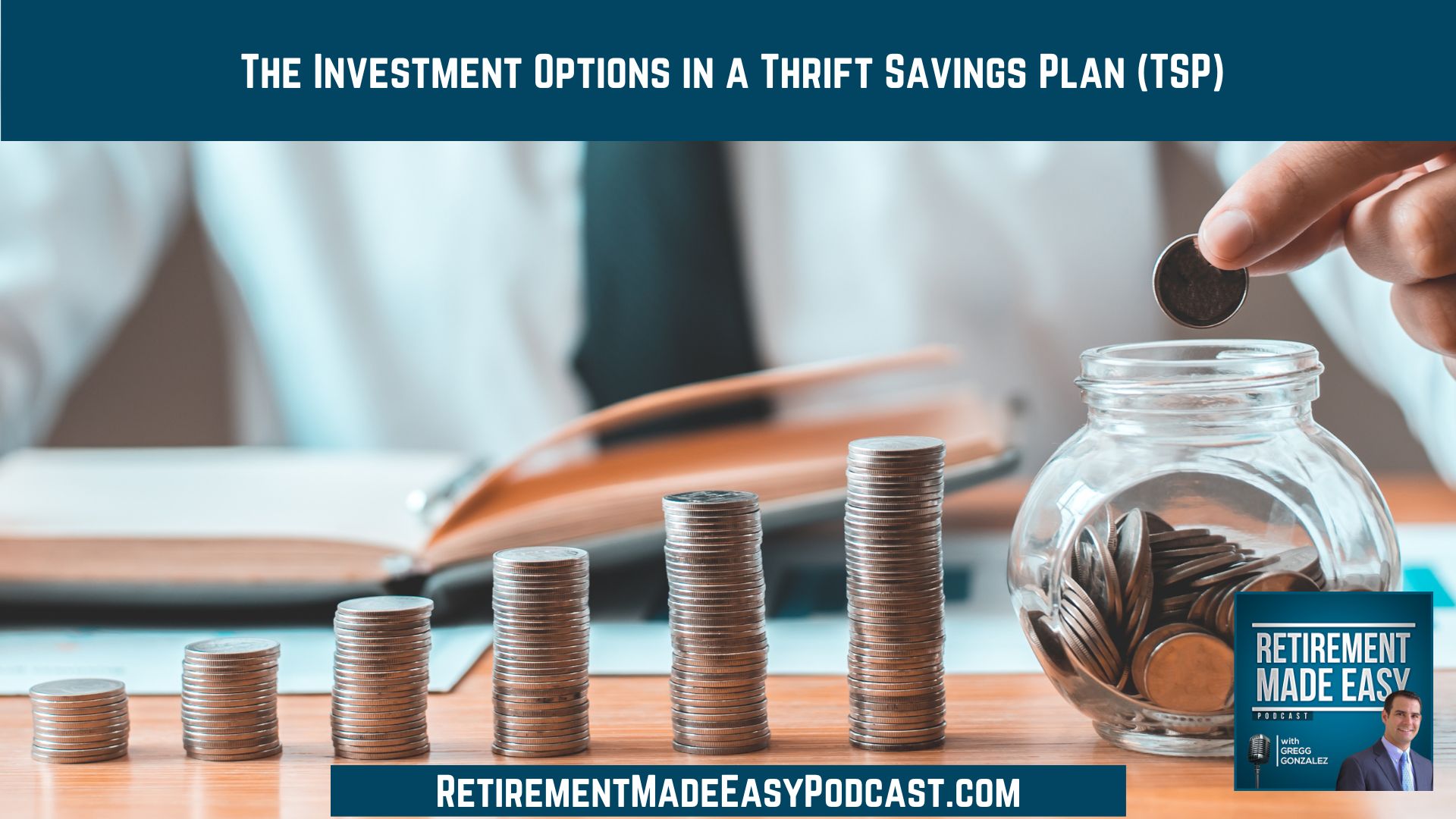
I’ve spoken with multiple women making the same mistake with their TSP plans (a Thrift Savings Plan (TSP) is the government’s version of a 401k). Why? Because people are scared about the economy and inflation. People make their decisions based on emotion in times of uncertainty. So in this episode of the Retirement Made Easy Podcast, I’ll share what this mistake is and why I think it’s a mistake. I’ll let you decide what to do with the information. Don’t miss it!
You will want to hear this episode if you are interested in…
- [1:57] History doesn’t repeat itself—but it often rhymes
- [4:35] Check out RetirementMadeEasyPodcast.com!
- [5:49] The dangers of a fixed pension without a COLA
- [9:03] Dissecting the Government Securities Fund
- [15:23] Walking through the different pension options
- [19:18] Retirement planning is about making smart choices
The dangers of a fixed pension without a cost-of-living adjustment
One of the top three risks to everyone’s retirement is the rising cost of living. The cost of living rises on average by 2.9% per year (calculated over the last 30 years). If you lived on $50,000 30 years ago, you’re being squeezed today. A fixed pension without a cost of living adjustment is like working at a job for 30 years and never getting a raise.
If you have a fixed income in a world where costs rise every year, your purchasing power declines every year. Sadly, most corporate and private pensions do not have cost of living adjustments. But the beauty of government pensions is that there is a cost of living adjustment associated with them.
Investment options in a TSP
I spoke with three women that are going to retire with a government pension (TSP plan). They’re concerned about the economy and their TSP shrinking. So all three had their money invested in the Government Securities Fund (a mutual fund within the TSP plan, abbreviated as G Fund).
Now, TSP plans have 15 available investment options. The G fund is the most conservative of the options and is invested in short-term government securities. It’s also the second most popular fund, with 210 billion dollars in it. There’s only $800 billion in the entire TSP program. $210 billion is 26% of the entire TSP plan assets. The worst part is that the 10-year average return is 1.98%. In the last three years, the fund has averaged 1.51% per year.
What’s the big deal? The rising cost of living. If your money is only growing by 1.5% per year, it will not keep up with the cost of living. Inflation was at 9.1% in June. Long-term, inflation averages to be between 3–4% per year. A 1.98% return is not keeping up with inflation.
If you put $100 in the G fund in 1987, it would be $503 today. You made a $403 profit. Not bad, right? But the Common Stock Fund—or C fund—came out in 1988. $100 in the C fund would be worth $3,370 today. That’s a profit of $3,270. Which one would you rather have your money in?
Walking through the different pension options
All three of the women I spoke with have a government pension with a cost-of-living adjustment. They can choose between a single-life option, a 10-year certain, or a survivorship benefit for the husband.
With each of these women, the husband is older and in poorer health. Because American women outlive men by 5–6 years, the survivorship benefit doesn’t make sense in this case. Let’s say the single-life option is $2,000 a month. If the women take the 100% survivor option—which would pay out to the surviving spouse if they died—the spouse would get $1,600 a month. But the extra $400 a month can amount to a wide margin of retirement lifetime income.
What could they do? A 15-year life insurance option may make sense. If one of the women dies, the pension may stop, but the spouse would have a tax-free benefit from the life insurance. The premium for the life insurance would still allow them to net $1,900 a month—far better than $1,600 a month.
The bottom line? You have to maximize the lifetime income potential of the pension. I discuss all of this in detail in this episode of Retirement Made Easy. Don’t miss it!
Resources & People Mentioned
Connect With Gregg Gonzalez
- Email at: Gregg@RetireSTL.com
- Podcast: https://RetirementMadeEasyPodcast.com
- Website: https://StLouisFinancialAdvisor.com
- Follow Gregg on LinkedIn
- Follow Gregg on Facebook
- Follow Gregg on YouTube



